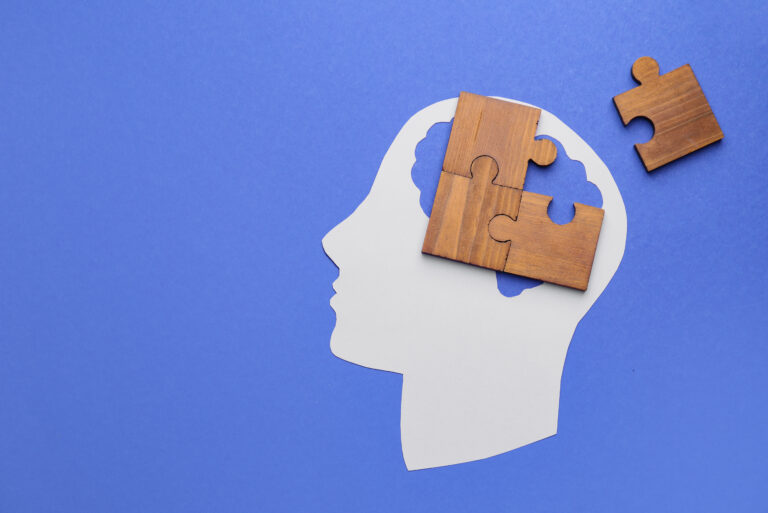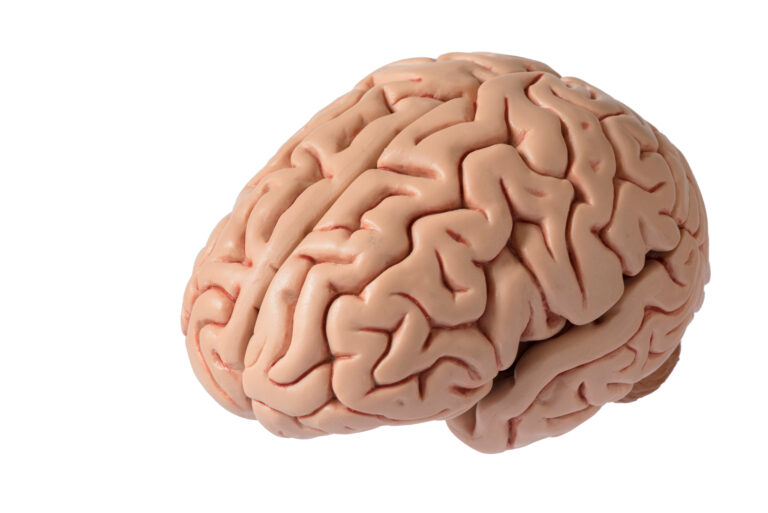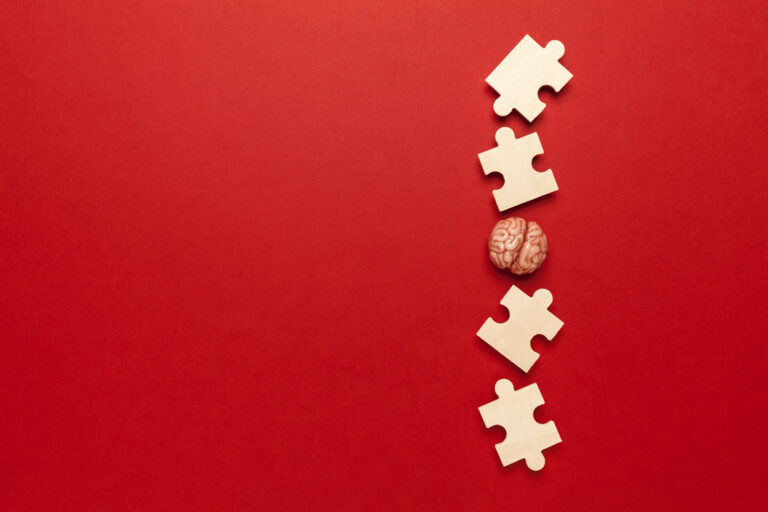Artificial intelligence, or AI, has become a buzzword in today’s technological world. From self-driving cars to voice assistants, AI is revolutionizing the way we live and work. But one area where AI is making significant progress is in memory restoration. With the help of advanced algorithms and machine learning techniques, AI is playing a crucial role in creating realistic memory restoration scenarios.
Memory restoration is the process of recovering lost or damaged memories. It can be a challenging and complex task, as memories are not tangible objects that can be easily retrieved. Memories are stored in our brains through a complex network of neurons and connections, making it difficult to pinpoint and restore specific memories.
But with the advancement of AI, researchers and scientists have been able to develop innovative techniques to tackle this complex process. AI has the potential to transform the field of memory restoration, and here’s how.
Data Analysis and Pattern Recognition
One of the key roles of AI in creating realistic memory restoration scenarios is its ability to analyze vast amounts of data and identify patterns. Our memories are a collection of various experiences and events that have happened in our lives. And AI can help decipher these memories by analyzing patterns in our brain activity.
Scientists use electroencephalogram (EEG) and functional MRI (fMRI) to measure brain activity while a person is recalling specific memories. This data is then fed into AI algorithms that analyze it and identify patterns associated with different memories. These patterns can then be used to recreate the lost memory.
For instance, a person who has lost their ability to remember faces due to brain injury can be shown pictures of various faces while their brain activity is recorded. The AI algorithm can then identify the pattern associated with recognizing faces and recreate it, allowing the person to remember faces again.
Creating Artificial Memories
In addition to restoring lost memories, AI can also create artificial memories. This may sound like something out of a sci-fi movie, but it has significant implications in memory restoration. Scientists have found that by manipulating brain cells, they can create artificial memories in mice. This involves rewiring the neural connections in the brain to form new memories.
AI can assist in this process by analyzing data from a person’s brain and identifying the patterns associated with specific memories. This data can then be used to create artificial memories and implant them into the person’s brain. While this technology is still in its early stages, it has tremendous potential in helping people with memory loss due to brain injuries or diseases like Alzheimer’s.
Personalized Memory Restoration
AI can also play a crucial role in creating personalized memory restoration scenarios. Every person’s brain is unique, and so are their memories. AI algorithms can analyze brain data and create personalized memory restoration plans for each individual based on their specific memories and experiences.
This approach is especially beneficial for people with traumatic brain injuries who may have lost specific memories. Instead of using a generalized approach, AI can create a tailored plan for restoring those particular memories, making the process more effective and efficient.
Challenges and Ethical Considerations
While AI holds great promise in the field of memory restoration, it also faces several challenges and ethical considerations. The biggest concern is the ability of AI to manipulate memories. With the power to create and implant artificial memories, there is a risk of altering a person’s perception of reality.
Another issue is the privacy of our memories. With AI algorithms accessing our brain data, there are concerns about the security and confidentiality of this information. Proper regulations and ethical guidelines need to be put in place to ensure the responsible use of AI in memory restoration.
The Future of Memory Restoration
The advancements in AI are continually pushing the boundaries of what is possible in memory restoration. With ongoing research and development, we can expect to see further breakthroughs in this field. Some potential future applications of AI in memory restoration include helping people with age-related memory decline or even creating a ‘backup’ of our memories that can be accessed in case of memory loss.
However, it is crucial to tread carefully and ethically as we continue to explore the use of AI in memory restoration. While it has the potential to greatly improve the quality of life for those with memory loss, it also raises important questions about the nature of our memories and the role of technology in shaping them.
In conclusion, AI has a significant role to play in creating realistic memory restoration scenarios. From analyzing brain data and identifying patterns to creating artificial memories, AI is revolutionizing the way we approach memory restoration. While there are challenges and ethical considerations, the potential benefits of this technology cannot be ignored. With responsible and ethical use, AI has the power to make a positive impact on the lives of those with memory loss.





